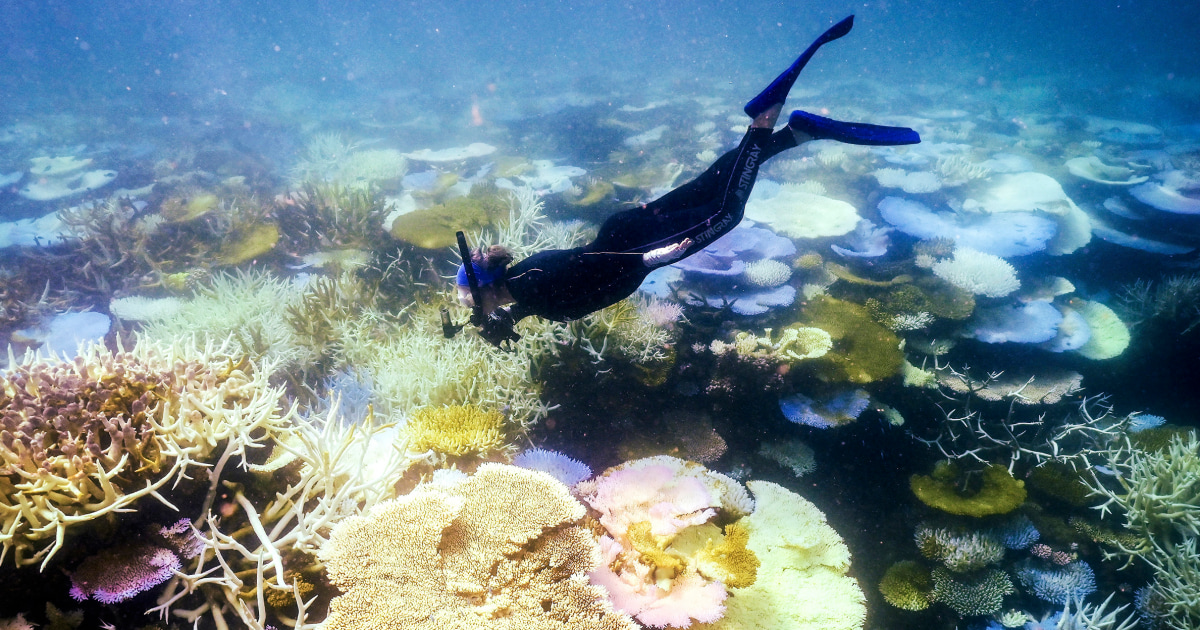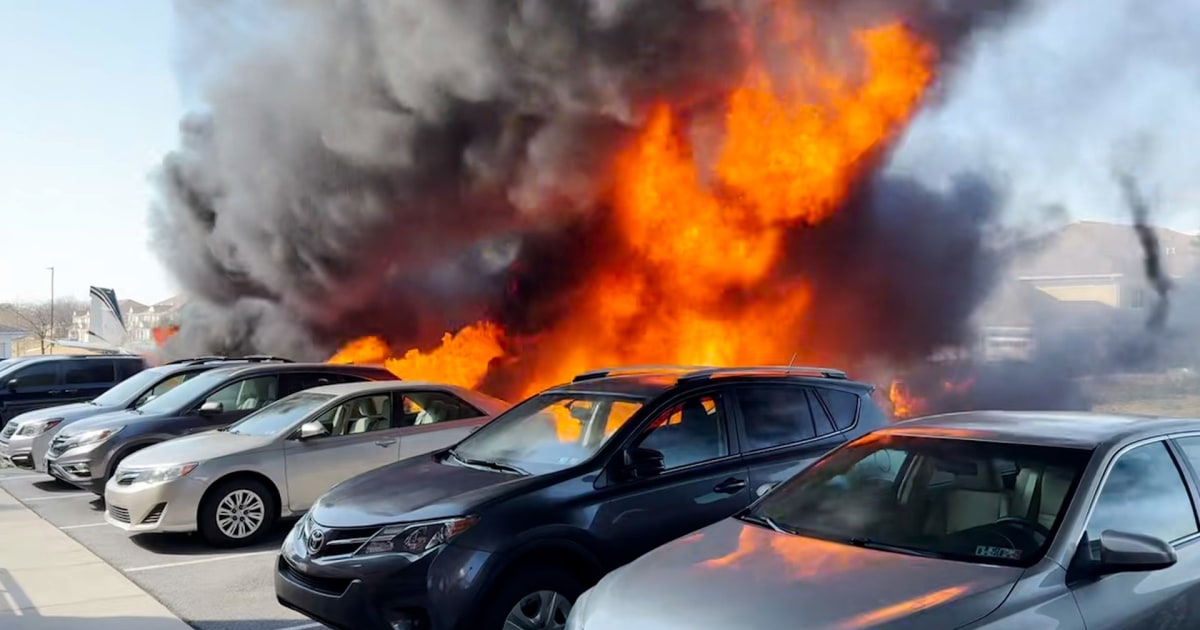Two major countries’ approach to climate change has turned upside down Down Under.
Australia and New Zealand, whose governments both changed hands in their most recent national elections, have undergone a role reversal of sorts when it comes to climate change, with consequences for their own populations as well as the South Pacific region, where they are the dominant players.
According to the United Nations, the Asia-Pacific is the most disaster-prone region in the world, with nearly 80% of the world’s climate-induced displacement taking place there.
Rising sea levels, ocean warming and acidification, unpredictable rainfall patterns and prolonged droughts have an especially big impact on tiny Pacific Island nations such as Palau, Tuvalu and Kiribati, threatening their socioeconomic viability, tourism industries and very existence as the ocean swallows more of their land.
Australia, long known as a climate “laggard,” has taken a more aggressive stance under the Labor government of Prime Minister Anthony Albanese.
New Zealand, meanwhile, has been accused of pulling back on its climate goals under the Conservative government of Prime Minister Christopher Luxon, who succeeded former Prime Minister Jacinda Ardern last year.
Luxon told Radio New Zealand’s “Morning Report” last month he “rejects” such criticism and that his government is “deeply committed to net carbon zero 2050” and prioritizing the development of renewable energy. His office did not respond to a request for comment.

Though the country of 5 million is a relatively small greenhouse gas emitter on a global basis, it has one of the highest per capita emissions rates among the 38 major countries that make up the Organization for Economic Cooperation and Development.
“We’re not the poster country that we used to be,” said Ralph Sims, a professor of sustainable energy at Massey University in New Zealand.
Critics argue that both countries are falling short as they head to this year’s United Nations Climate Change Conference, or COP29, which starts Monday in Azerbaijan.
“I don’t think they have a great image for what they’re doing in the region,” Sarah Clement, an associate professor in environmental policy at the Australian National University, said of Australia.
Australia: Big promises from a fossil fuel giant
When Albanese came to power in 2022, he vowed to lead the country out of the climate “naughty corner.” His foreign minister, Penny Wong, said the new Labor government would “stand shoulder to shoulder with our Pacific family” in the fight against climate change.
The government legislated higher emissions reductions targets, introduced a “safeguard mechanism” that would act as a carbon cap for the country’s biggest emitters and negotiated a vehicle efficiency standard aimed at disincentivizing the use of high-polluting cars.
But critics including the Climate Action Tracker say the Australian government has “failed to deliver” on its climate promises.
“We have seen a positive change in terms of rhetoric and announcements since the 2022 election. Whether that is translated into actual action and outcomes is another story,” said Polly Hemming, director of the climate and energy program at the Australia Institute, an independent public policy think tank.
“Standing shoulder to shoulder with Pacific Island nations seems not to mean doing anything Pacific Island leaders have asked,” Hemming said.
Albanese’s office and the office of his minister for climate change and energy, Chris Bowen, did not respond to requests for comment.
Australia came in for special criticism last month at the Commonwealth Heads of Government Meeting in the Pacific Island nation of Samoa. Senior officials from Tuvalu, Vanuatu and Fiji pointed to a report that found Australia, Canada and Britain are responsible for 60% of emissions generated by fossil fuel extraction across the 56 members of the Commonwealth since 1990, despite representing only 6% of the Commonwealth’s population.
Wong responded that Australia cannot be held responsible for emissions from coal and gas it exports to other countries.








